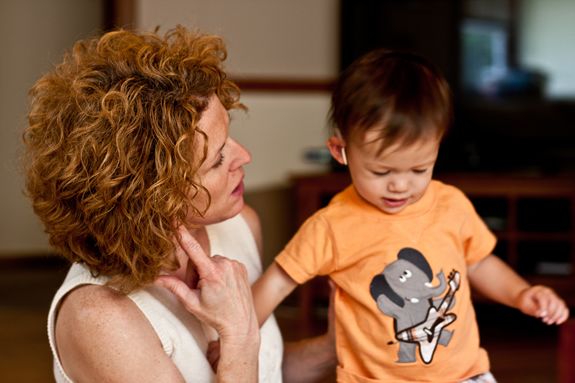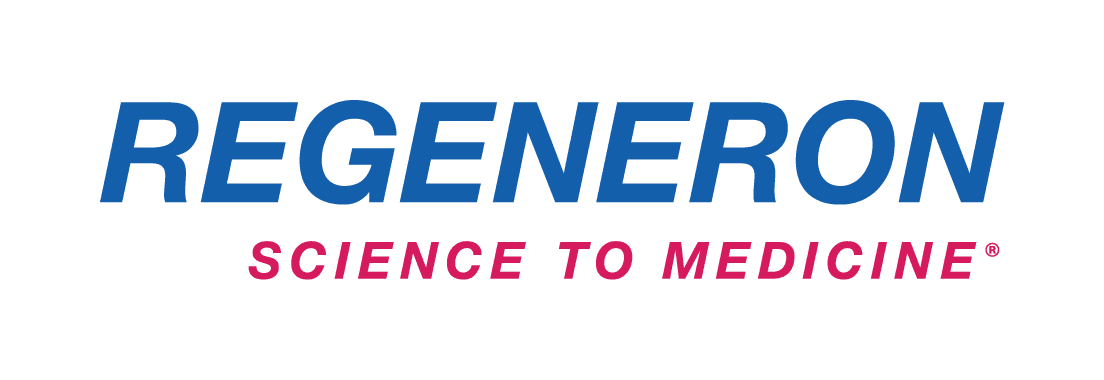Early Identification
Early Identification is the very first step in the journey to a child learning to listen and speak. With early identification, proper amplification and the tools provided in a listening and spoken language program, the possibilities are endless.

-
Universal Newborn Hearing Screening
Hearing screening programs are called "universal" because they are set up to test all babies. All babies can and should have their hearing tested before they leave the hospital, or within 30 days of leaving the hospital. If a baby is born at home, a hearing test should be completed before he or she is one month old.
When a baby fails the screening tests, he or she is referred for more detailed, diagnostic hearing testing. If a hearing loss is found, then interventions using hearing aids and therapy services are started to help the baby learn to listen and speak.
-
The Importance of Universal Screening
It is important to find hearing loss as early as possible, because babies start learning how to use sound as soon as they are born. Listening in the first months of life prepares babies to speak. By their first birthday, babies are already learning what words mean. Babies start by babbling, using many of the sounds they hear spoken around them. These early steps are building blocks for communication.
Unless a family has reason to expect the possibility of a hearing loss, some of the early signs may be missed. It is important to test the child's hearing as soon as you suspect that there may be a problem. If there is a hearing loss, it can be assessed and when appropriate, the baby can be fitted with hearing aids. You should be concerned if you notice that:
- Your infant does not startle to loud or sudden noises, or turn toward sound
- By 8 months, the baby is not cooing, babbling, or laughing
- By 12 months, the child is not trying to imitate sounds and actions in turn-taking games or does not understand simple commands
-
If You Suspect a Hearing Loss…
Speak to your pediatrician and ask for a hearing test for your child. Additional testing may be required to conclusively demonstrate hearing loss.
Early identification leads to early intervention and that can open up a lifetime of hearing. Early Intervention usually occurs between Birth and age 3.
Early identification and subsequent follow up on recommended services are essential for the future listening and speaking success of children who are deaf or hard of hearing. The most critical period of time for language development is during the first six years of a child's life. It is vitally important that children have access to sound via hearing aids or cochlear implants as early as possible.
Hearing aids and cochlear implants do not "fix" deafness or language delays. These technologies allow most children to hear sounds that can, overtime, be processed by the brain to imitate and code into language. This process of learning how to make use of technology is ongoing.
Early intervention specialists begin working with families when the child is only a few weeks old. In this family-centered approach, early intervention specialists work closely with parents to teach them to incorporate language into daily activities. Infants who have just been fitted with hearing aids need to be taught to pay attention to sound and discriminate one environmental sound from another. Families are taught to make use of every opportunity for listening and speaking in order to help infants and toddlers learn to identity sound and attach meaning to it. Parents are the first teachers of their children and trained staff model and assist them in their efforts.
-
Testing
Two different types of hearing screening tests can be used to screen hearing in babies. Both of these tests are safe and comfortable.
- OTOACOUSTIC EMISSIONS (OAEs)
One of the tests is called otoacoustic emissions or OAEs. For this test, a miniature earphone and microphone are placed in the ear, sounds are played and a response is measured. If a baby hears normally, an echo is reflected back into the ear canal and is measured by the microphone. When a baby has a hearing loss, no echo can be measured on the OAE test. - AUDITORY BRAINSTEM RESPONSE (ABR)
The other test is called the auditory brainstem response or ABR. For this test, sounds are played to the baby's ears. Band-aid like electrodes are placed on the baby's head to detect responses. This test measures how the hearing nerve responds to sounds and can identify babies who have a hearing loss.
The two tests can be used separately or together. In some hospitals, babies are first screened using OAEs. Babies who do not pass on the first OAE test can be given a second test using the ABR. Both tests are reliable. Hospitable choose the type of screening tests that they use based on costs, personnel and the number of babies born.
- OTOACOUSTIC EMISSIONS (OAEs)
-
What a "Fail" or “Refer” Result Means
When a baby fails the newborn hearing screening, it does NOT necessarily mean that he or she has a hearing loss. Between 2-10% of all babies across the United States do not pass their first hearing screening. Less than 1% will have a permanent hearing loss. Many of the babies who need follow-up testing will have normal hearing.
You may wonder why a baby with normal hearing would fail the newborn hearing-screening test. Some common reasons are:
-Vernix in the ear canal
-Fluid in the middle ear
-Movement and/or crying during the test
Even though most babies will pass the follow-up hearing testing, it is VERY important to take your baby for follow-up testing. This is the best way to be SURE about your baby's hearing.
-
What to do if your baby receives a fail/refer result?
If your baby does not pass the newborn hearing screening, please talk with your doctor. The doctor should refer your baby to a pediatric audiologist for follow-up testing.
The First Step
For many babies, the first step of follow-up starts with one more screening using tests similar to the ones used in the hospital. If a baby does not pass the follow-up screening, diagnostic testing is completed. Some hospitals or clinics will complete a diagnostic test at the time of follow-up, instead of rescreening.
The ABR is used for diagnostic testing because it can measure the softest level that the ear responds to sounds using different pitches or tones. Diagnostic ABR testing should test low, middle, and high-pitched sounds in order to measure how the ear responds to different parts of speech.
If follow-up testing is done before a baby is 2 months old, all testing can be done while the baby sleeps naturally. For older or very active babies, a liquid medicine may be used to help them sleep during testing. It is important that babies are quiet and still for OAE and ABR testing.
The Second Step
If diagnostic testing shows that your baby has a hearing loss, a number of professionals will help your baby and your family. Some of the people you may meet include the following:
- Services Coordinator – This person works with early intervention programs. He or she works closely with families to identify their needs and to make sure that providers work together.
- Early Intervention Specialist – A teacher who specializes in working with infants who have hearing loss.
- Pediatric Audiologist – A professional who specializes in testing the hearing of infants and children and recommends hearing aids.
- Ear, Nose, and Throat Physician – A doctor who specializes in problems of the ear, nose, and throat.
- Pediatrician or Family Practitioner – A doctor who provides health care for infants and children.
If your baby has a hearing loss, these professionals will be eager to provide support to your family. Their main goal will be to work together as a team with you to help your baby's development. It is important that services for your baby begin as soon as hearing loss is found.

